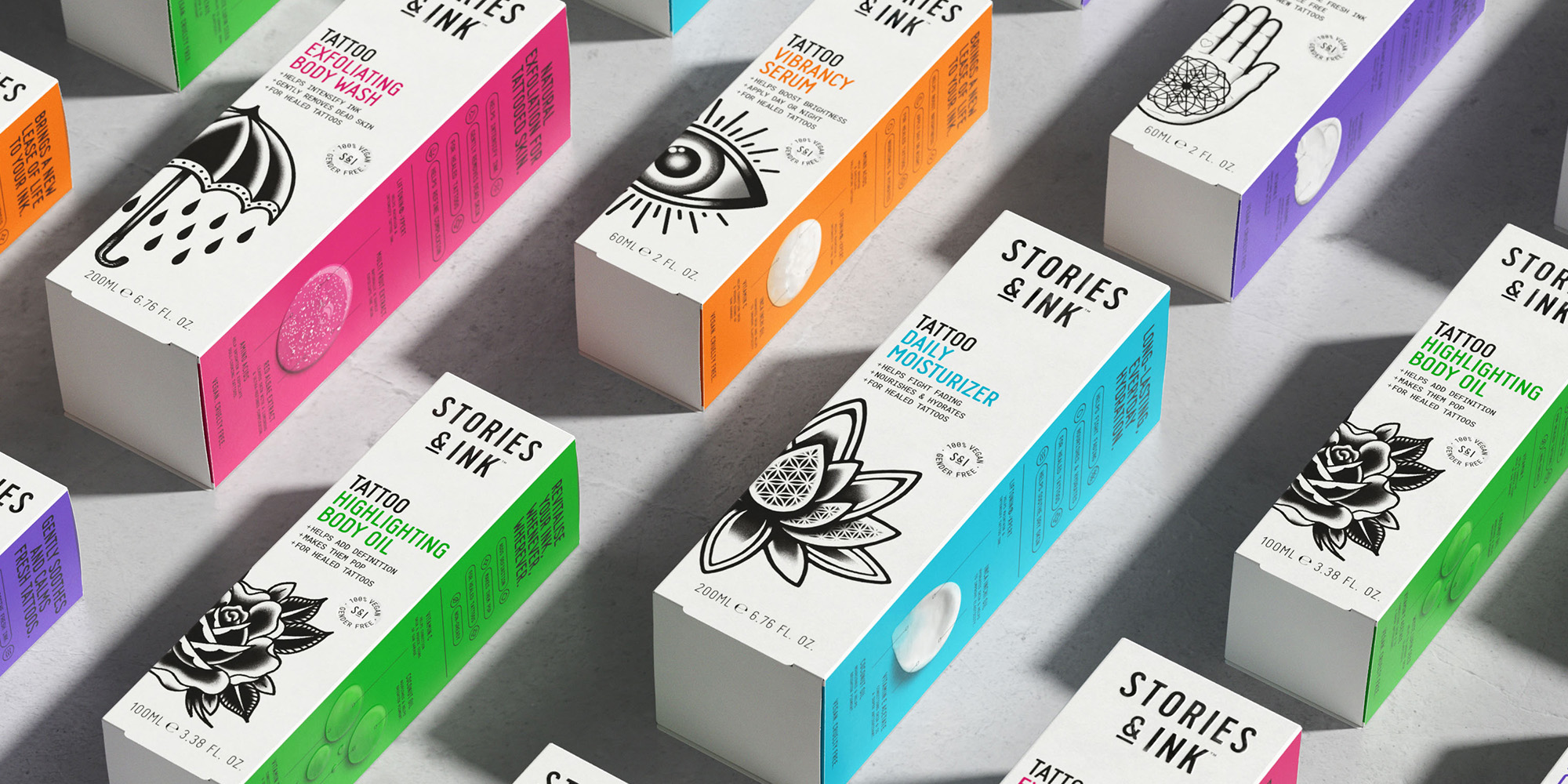
Target Gets Into Tattoo Aftercare With Stories & Ink
Nearly 40% of American women have tattoos—and today they can pick up a brand for those tattoos at one of their go-to retailers, Target.
Stories & Ink is christening the tattoo aftercare category at the chain, where it’s selling in about half of the full fleet of almost 1,960 stores in the United States with three products: $19.99 Tattoo Daily Moisturizer, $21.99 Tattoo Aftercare Cream and $21.99 Tattoo Vibrancy Serum. Currently at a roughly $1.9 million average annual run rate, the British brand’s Target launch along with growth via Amazon, tattoo parlors and direct-to-consumer distribution is expected to quadruple its sales this year.
“Target for us was the goal. It’s such a cool retailer. There are loads of cult brands we’ve seen launch with Target successfully. It’s just a really modern, forward-thinking retailer,” says Stu Jolley, founder of Stories & Ink. “When opportunities land your desk, you think now or never. As a British independent brand, we thought, now’s the time. We’re certainly ready.”

The journey to Target hasn’t been easy for Stories & Ink. The brand started life in 2017 as Electric Ink and entered around 2,000 retail doors, including at Urban Outfitters, but had to change its name because of a trademark issue in the U.S. In 2020, it rebranded as Stories & Ink, drew $400,000 from e-commerce companies, most notably Pharmapacks, and prepared to expand to the U.S. But Pharmapacks liquidated in 2022, and Stories & Ink’s U.S. expansion was delayed due to its collapse as well as pandemic-related supply chain snags.
Ultimately, the delay afforded Stories & Ink a chance to build its online community. In 2019, it pulled out of the around 2,000 retail doors it was in to concentrate on DTC and Amazon. In the United Kingdom, 70% of its sales are from DTC and 30% are from Amazon. It’s begun spreading to the tattoo parlor channel in the country and has established a presence in a couple thousand tattoo parlors.
“We quietly cultivated a loyal community of 60,000 U.K. DTC customers, forging strong bonds within the tattooed community,” says Jolley. “Sometimes growing a little slower isn’t a bad thing. It gives you time to understand your customers’ needs, preferences and behaviors.”
“Target for us was the goal. It’s such a cool retailer.”
The delay also gave the tattoo after care category time to mature, and brands are increasingly populating it and building awareness about it. Among Stories & Ink’s tattoo aftercare competitors are People of Substance, Hustle Butter and Mad Rabbit. Hustle Butter has the No. 1 tattoo aftercare product on Amazon, and Mad Rabbit landed at Walmart last year.
“Timing’s everything, and sometimes you’ve got to be patient if the category isn’t quite there yet. I think we were really early to the party. I mean we were pre-Mad Rabbit,” says Jolley. “Patience has hopefully been our strength.”
Having been at retail before and learning from Target, Stories & Ink has pretty good inkling of what it takes to be successful in stores. The brand has updated its packaging to stand out on shelves. It enlarged tattoo illustrations on its boxes, made the word “tattoo” on them prominent and clearly spelled out benefits. Tattoo Daily Moisturizer’s box, for example, explains that the product fights fading tattoos, nourishes and hydrates, and is for healed tattoos.
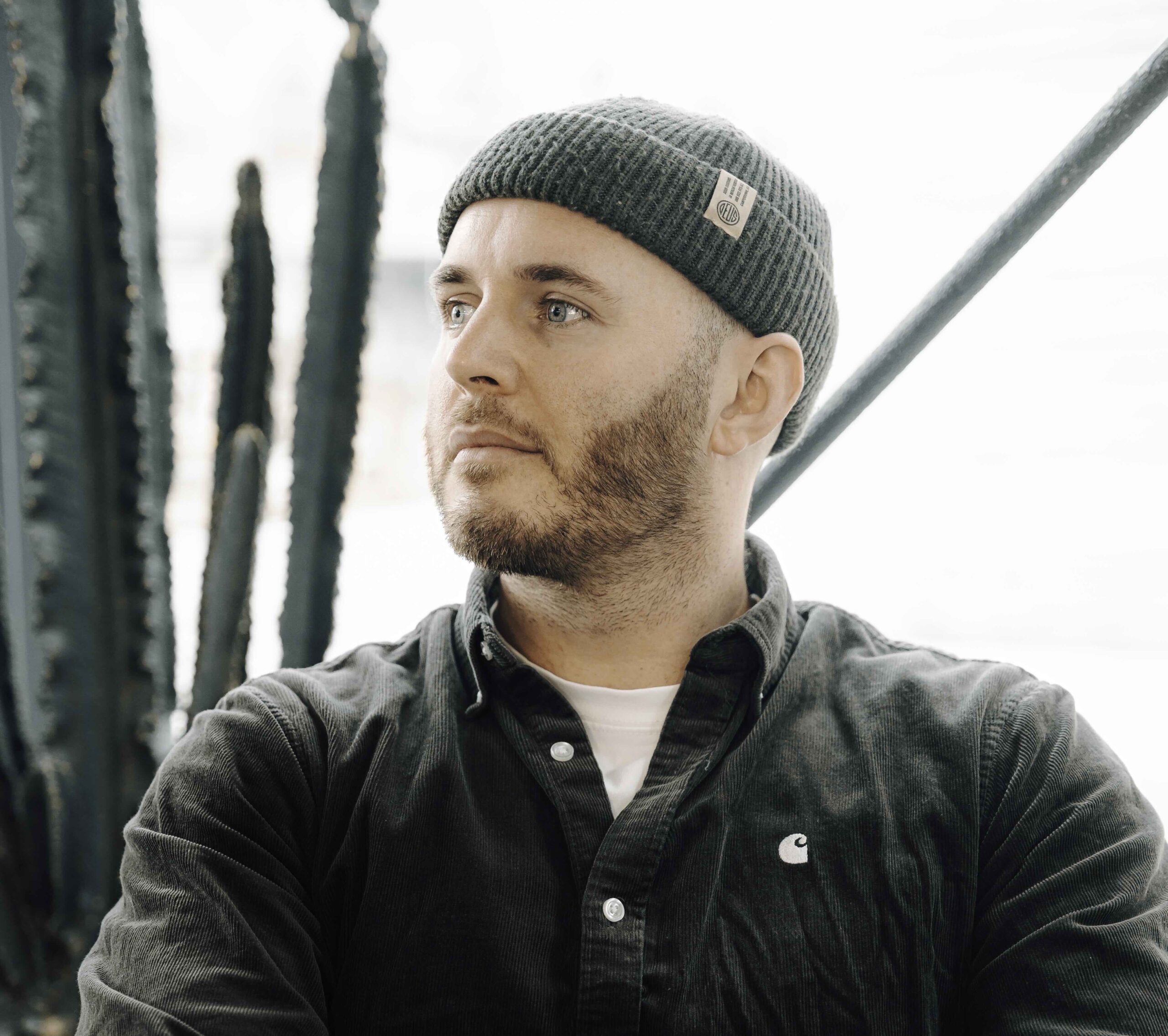
Stories & Ink is orchestrating social media and sampling campaigns to propel sales in the U.S. It’s tapped the agency MiniSocial to boost its reach and engagement on Instagram and TikTok. Stories & Ink is particularly keen on teaming up with female tattoo artists for content creation. It highlights female tattoo artists in artist collaboration kits that feature their tattoo art. A collaboration kit with U.K. tattoo artist Grace Neutral last year delivered 110,000 Instagram views. Three-quarters of Stories & Ink’s DTC community in the U.K. is female.
“We know the community is incredibly sticky online, and there’s a huge opportunity to drive a lot of earned media value,” says Jolley. “The hashtag #tattoo has been shared more than 17.5 billion times on TikTok, so we’re aiming some bets on this becoming our playground for storytelling.”
In the tattoo space, he elaborates, “Traditionally online women have been oversexualized. We see a number of tattoo publishers still pushing quite toxic messaging. Our influencer campaign is very, very strategic and focused on building the community that we believe in. It’s less about macho guys coming out of gyms with full sleeves, and it’s more about the delicacy of tattoos. More females are actually coming into this space than men right now, and we’re championing female artists.”
“Sometimes growing a little slower isn’t a bad thing. It gives you time to understand your customers’ needs, preferences and behaviors.”
For sampling, Stories & Ink is dropping a million Tattoo Aftercare Cream sachets at U.S. tattoo parlors. Jolley figures there are 30,000 tattoo parlors stateside, and Stories & Ink endeavors to secure wholesale relationships with select tattoo parlors. “We are looking at brands like K18 that have done an amazing job at the pro wholesale model. The salon experts in our world are the tattoo artists,” says Jolley. “They’re a massive trust signal that we want.”
Stories & Ink’s average order value in DTC is $50, but it anticipates AOV will climb with the introduction of additional artist collaboration kits that tend to reduce customer acquisition costs, too. A key challenge for the brand is transitioning customers from purchasers of its products for new tattoos to long-term tattoo care products. In DTC, Jolley says it’s been able to inspire that transition and is registering a 50% to 55% customer return rate. In total, Stories & Ink sells 10 stockkeeping units. Forthcoming products will stretch it into areas such as sun protection and tattoo scar remediation to urge long-term use.
“The tattoo space has never had routines in place, so there’s a lot of question marks,” says Jolley. “When someone gets tattooed, they listen to their artists, go to their local pharmacy or look online, and our job as the tattoo skin experts is to bring that all together in an easy digestible care package.”
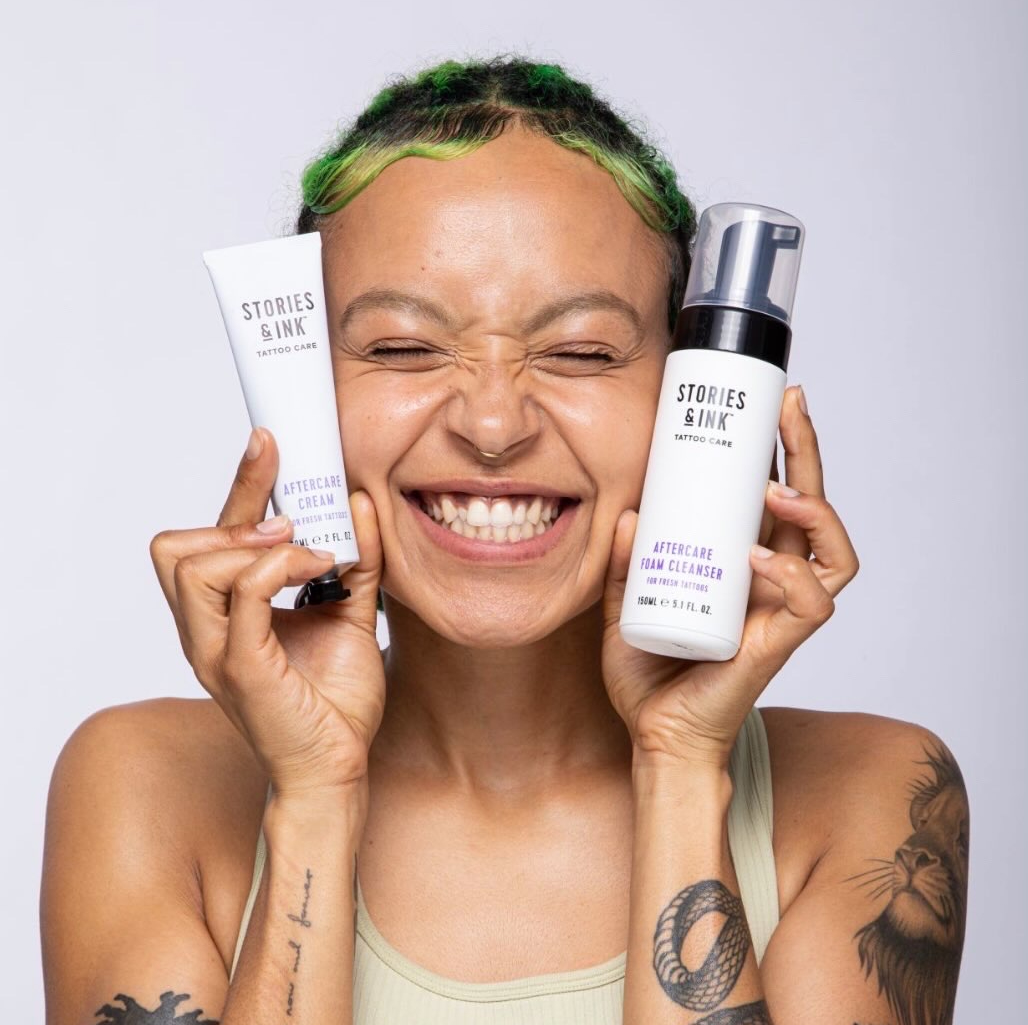
Following Stories & Ink’s 2020 fundraise, the brand raised a bridge round for an undisclosed amount. Its retail distributor in the U.S., The Emerson Group, participated in the bridge round. Stories & Ink is the midst of trying to raise a seed round with the objective of securing $2.5 million. According to Jolley, the brand is close to being profitable. He mentions the reason it isn’t already profitable is it invested in opening a tattoo studio in English coastal town Falmouth, Stories & Ink’s home base. The brand plans to open tattoo studios in the U.S.
“That becomes a bit of a flywheel for producing content,” says Jolley. “We have it run by four amazing female artists here, and as part of it we get all of our social media content topped up. It allows us to trial things for TikTok for Instagram. I don’t think we’re going to become the Starbucks of tattoo parlors and try to launch loads, but certainly you might see in the future a few strategic studios in the U.S.”
He emphasizes Stories & Ink’s omnichannel approach to growth strikes a balance between top-line growth and a sustainable path to profitability. The brand spots a slew of distribution possibilities for growth down the line, from lifestyle retailers like Urban Outfitters to apparel and shoe destinations like Zumiez where tattooed skateboarders are purchasing sneakers.
“There’s a lot of synergies across channels, whether it’s bolstering brand visibility, facilitating seamless customer experiences or driving foot traffic to our retail partners like Target,” says Jolley. “An omnichannel strategy ensures we’re omnipresent throughout the customer journey, which is no longer linear and more of a sporadic leapfrog between IRL brand engagement and the digital world. We make purchase decisions everywhere, so as a brand we need to show up in as many places as possible.”


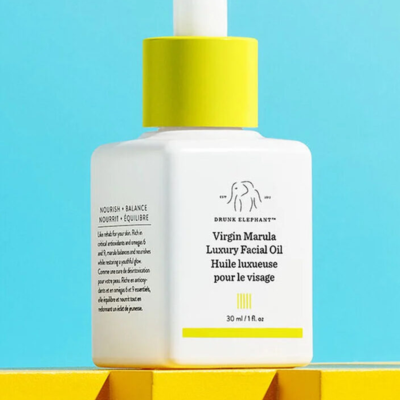

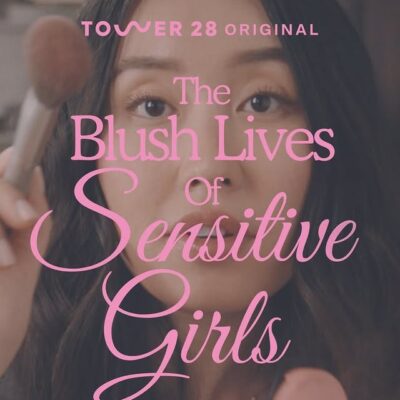
Leave a Reply
You must be logged in to post a comment.